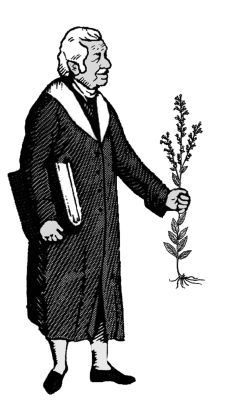The Power of Essential Oils
Published: Wed, 11/15/17
November 15, 2017
The Power of Essential Oils Mishelle Knuteson, M.H.
Historically oils have been considered precious substances used as beautifying and healing agents. When the baby Jesus was born wise men from the East came bearing gifts of Frankincense, Gold and Myrrh. Frankincense and Myrrh are known for their extraordinary antiseptic and healing qualities and even as perfumes. Cleopatra understood the power of botanical smells and used them to attract Marc Anthony-a Roman general. When she left to meet him, she had the sails of her ship drenched in
Jasmine. Marc Anthony fell deeply in love with the Egyptian ruler. 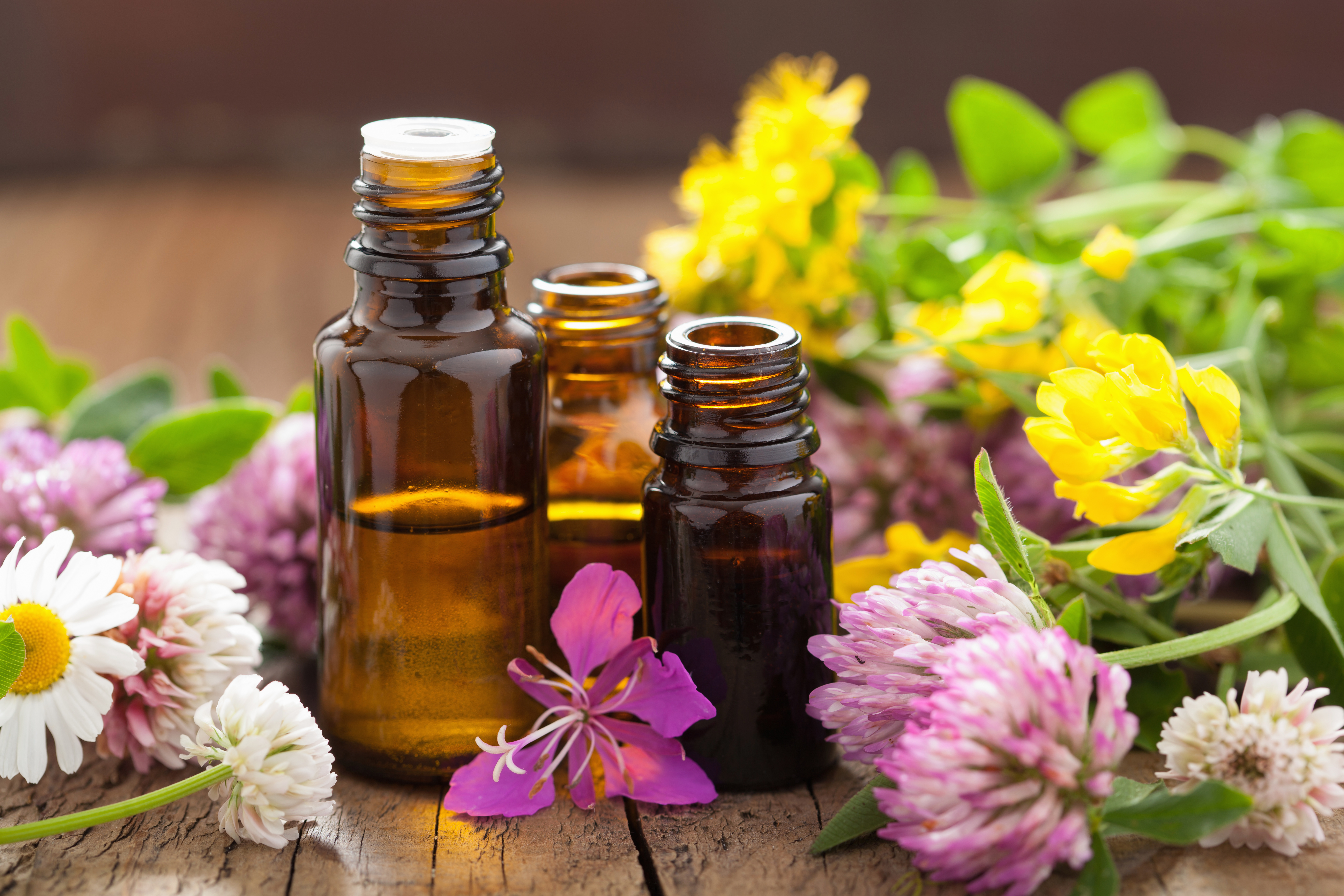
Oils can be used in many ways; applied topically, ingested orally or as an aromatic. Note that orally is the least effective, potentially very dangerous and is not recommended. Let’s look at how oils enter our body topically and aromatically. Topically oils pass through our skin, to the capillaries and into the bloodstream. These oils contain the life blood of the plants they were extracted from. Oils contain terpenes, ketones, aldehydes, esters, terpene alcohols, cineol’s, phenols,
phenylprophane derivatives, sesquiterpenes and more. While these names may sound foreign, they are the characteristics inside the plants that have special jobs. They come in a balanced form that works in a beautiful symbiotic flow. Their jobs can be to help protect, repair, relax, restore and so much more. They did that for the plant they came from and will do that for us too. It is important to note that plants store their essential oils in small pouches and do not use them in their pure
form. They retrieve and dilute their own oils when needed. So it is with humans, we should dilute essential oils with a carrier oil such as coconut, almond or olive oil when applying topically. In the book, The Complete Book of Essential Oils and Aromatherapy, Valerie Worwood talks about a French cosmetic chemist in the 1920’s, who burned his arm badly in his laboratory. He plunged his arm in the nearest cold liquid that happened to be lavender oil. He was surprised to find that it
lessened the pain and it healed quickly without a scar. He is responsible for the term “aromatherapy”.
Aromatherapy is both topical and aromatic. Smell is considered one of the most powerful senses we have. Smells grab our attention. They can take us back to a memory or bring us to the present moment. Babies use it to find their mother’s breast milk. Perfumes and colognes are used to attract attention. Hippocrates said, “The way to health is to have an aromatic bath and scented massage every day.” If only we could all have an aromatic bath and scented massage every day. Sounds
heavenly Hippocrates! Guido Mase, in a Mountain Rose podcast called Aromatics, Bitters and Tonics, talked about aromatic botanicals versus synthetic or animal smells. He said smells have unique shapes that give them their characteristics. Synthetic smells are man-made, generally alkanes, that often give headaches or other sensitivities. Pheromones are animal steroids that can incite aggression or libido, etc.
Essential oils are from plants and have terpenes that help us be calm, adaptive and flexible. The amazing thing about essential oils is that, unlike the synthetic cosmetics and perfumes, these botanical oils not only draw us in with their scent, but have healing qualities aromatically and topically. When entering our nasal cavity smells land on olfactory tissues. Tiny molecules land on the receptors of the olfactory tissues that are attached to the olfactory bulb. Smells are like a key and
receptors are like a lock. Once they fit inside the lock, an electrical impulse is sent to the olfactory bulb and onto the brain. The olfactory bulb is situated in the brain’s limbic system and is connected to the amygdala which processes emotion and the hippocampus that stores memory and facilitates learning. This is why smells are so personal and can trigger powerful memories and emotions.
The School of Natural Healing offers three courses on Aromatherapy, each building on the other. The introductory course to aromatherapy includes thirty-two professional grade essential oils from around the world along with basic information on how to use them. Since most people learn best when they do “hands-on” assignments, this level gets students using essential oils right away. This course uses The Complete Book of Essential Oils and Aromatherapy by Valerie Ann Worwood. The
next level focuses on designing and making aromatherapy creations. You learn to make your own creams, essential oil deodorant, potpourri, facial masks, and perfume or cologne. You also explore the chemistry behind essential oils and their historical usage. This course uses the book Aromatherapy Workbook by Marcel Lavabre. In the final course, over one hundred essential oils and carrier oils are covered. You also learn how to make aromatherapy blends for specific diseases. After taking the three
levels, there is an exam to certify you as an Aroma therapist. (The Family Herbalist and Anatomy course are prerequisites for the Aromatherapy courses.) For this week we are offering $100 off this set of aromatherapy courses. Dr. Christopher taught that by educating ourselves more, we will be better able to help and serve those around us. Let us help you on your journey to becoming even more
educated and skilled in Natural Healing!
Kelly Pomeroy is a certified Master Herbalist and works for the School of Natural Healing. She is also earning a Biology degree and is a mother to four amazing kids.
Printable Version: http://herballegacy.com
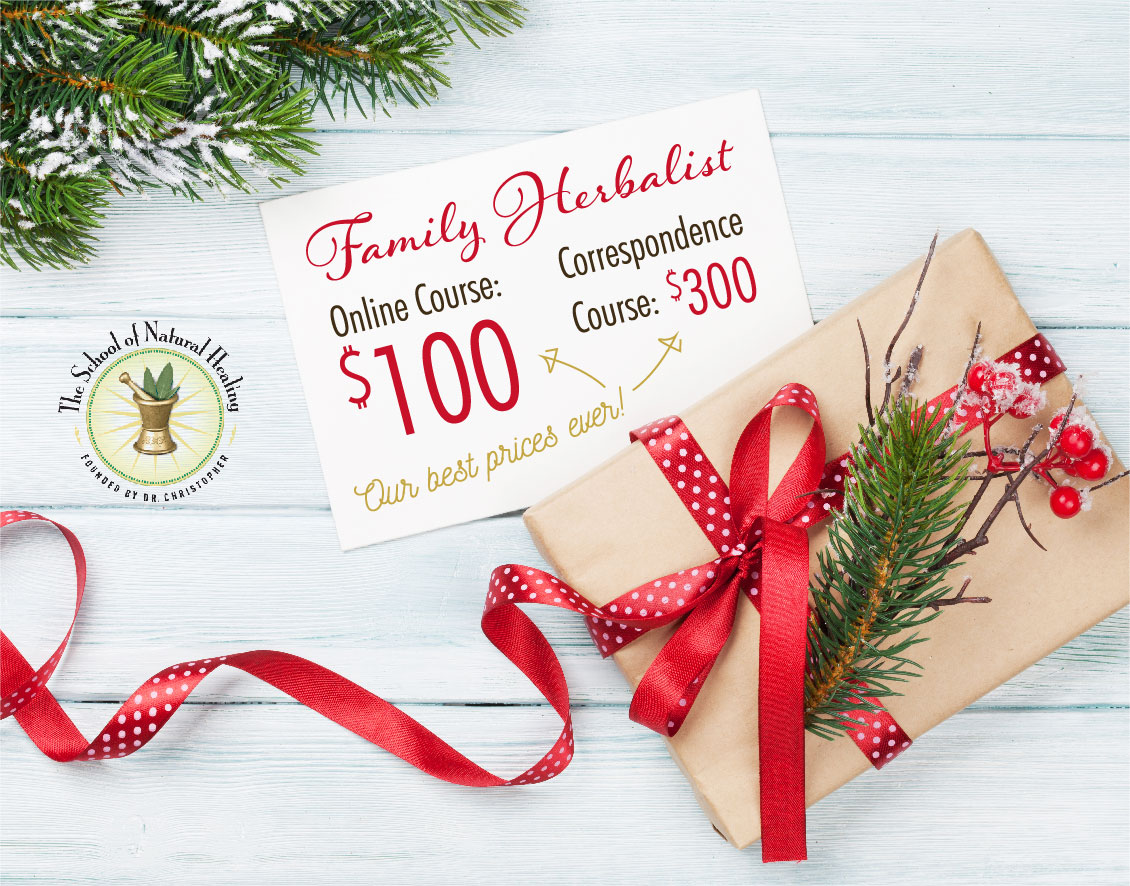
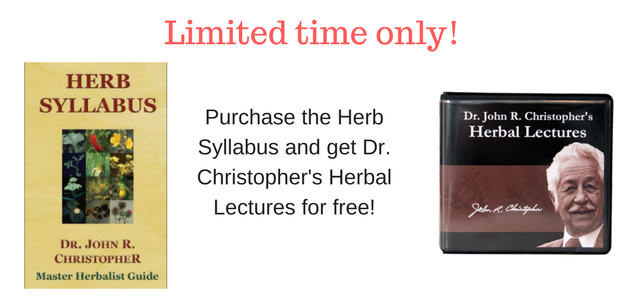
A Healthier You Radio show is back!
Listen live every monday morning at 11:30 Mountain Time.
Click here for the link to listen to our live show
David Christopher is now on Twitter!
You can follow David @DChristopherMH
Clearing Congestion- Eucalyptus, Tea Tree and Lavender Oil Blend
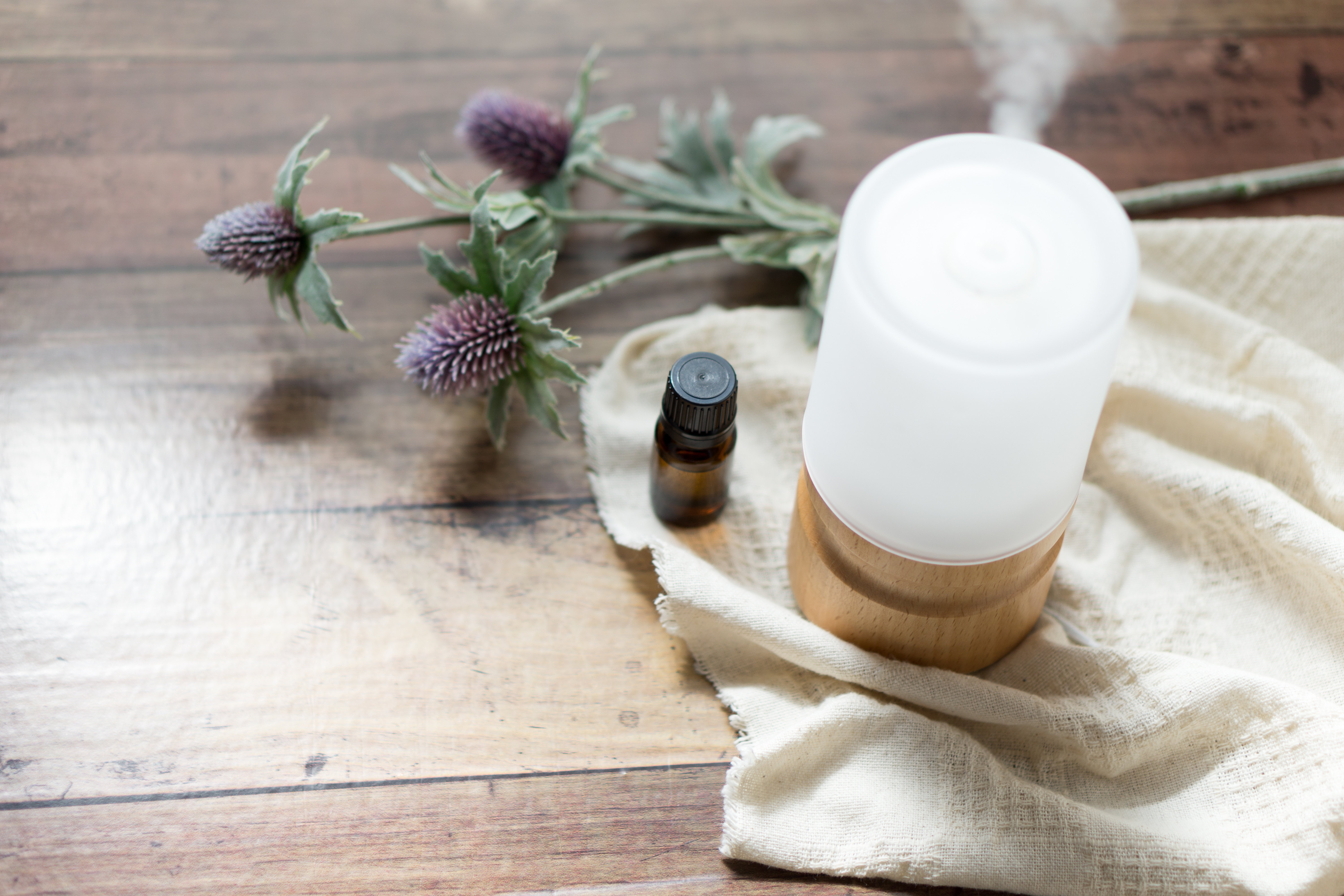
Shower Power
Get a 1 ounce spritzing bottle and put 5 drops of eucalyptus, tea tree and lavender oil. Fill the remainder of the bottle with distilled water. Spray the walls of your shower with this oil. As you shower, the oils will be able to infuse into your body and open you up. My sister introduced me to this. I love this method!
Essential Oil Diffuser
Combine 10 drops of eucalyptus, tea tree and lavender oil in a container. Place 2-3 drops of this into a diffuser and breathe that in night and day. You can also take this oil blend and mix 1-2 drops to 1 tsp. carrier oil and massage this into the chest and back.
Recipe from Kelly Pomeroy
Printable Version: http://herballegacy.com
Herbal Resource Links
- Herbal Legacy - http://www.herballegacy.com - Our free information website
- The School of Natural Healing - http://www.snh.cc - Quality Education since 1953
- Christopher Publications - http://www.christopherpublications.com - Dr. Christopher's books and more
- Christopher Websites - http://www.christopherwebsites.com - Find all Christopher websites and other great resources
- A Healthier You Radio Show - http://www.ahealthieryouradio.com - Free weekly radio show
The School of Natural Healing: http://www.snh.cc
Christopher Publications: http://www.christopherpublications.com
NOTICE: All information in this newsletter is given out as information only and is not intended to diagnose or prescribe. For our official Disclaimer, Biological Individuality, Important Notice & Terms of Use please see: http://www.herballegacy.com/Disclaimer.html
This newsletter is sent by permission only - you can unsubscribe quickly and easily by clicking the link below.
.

